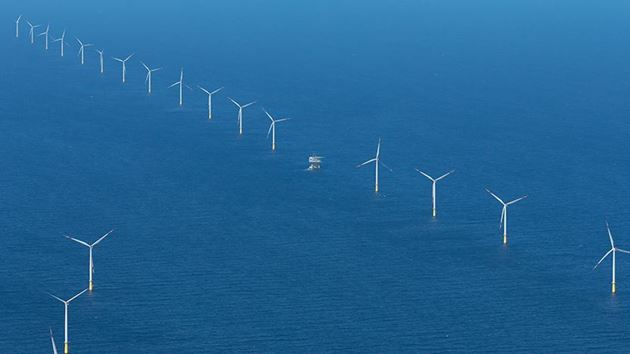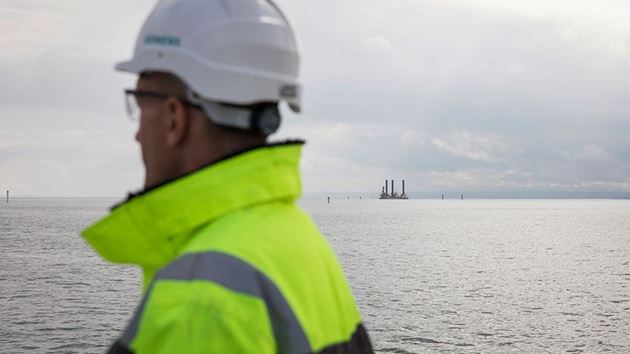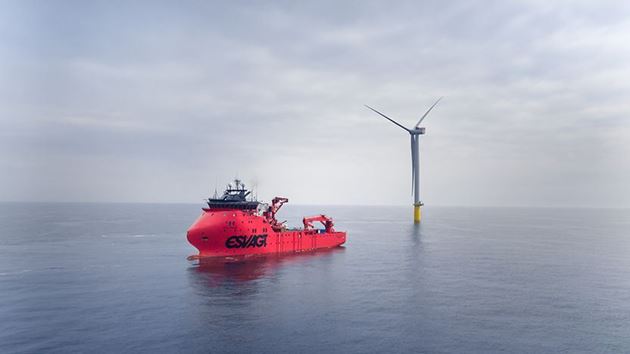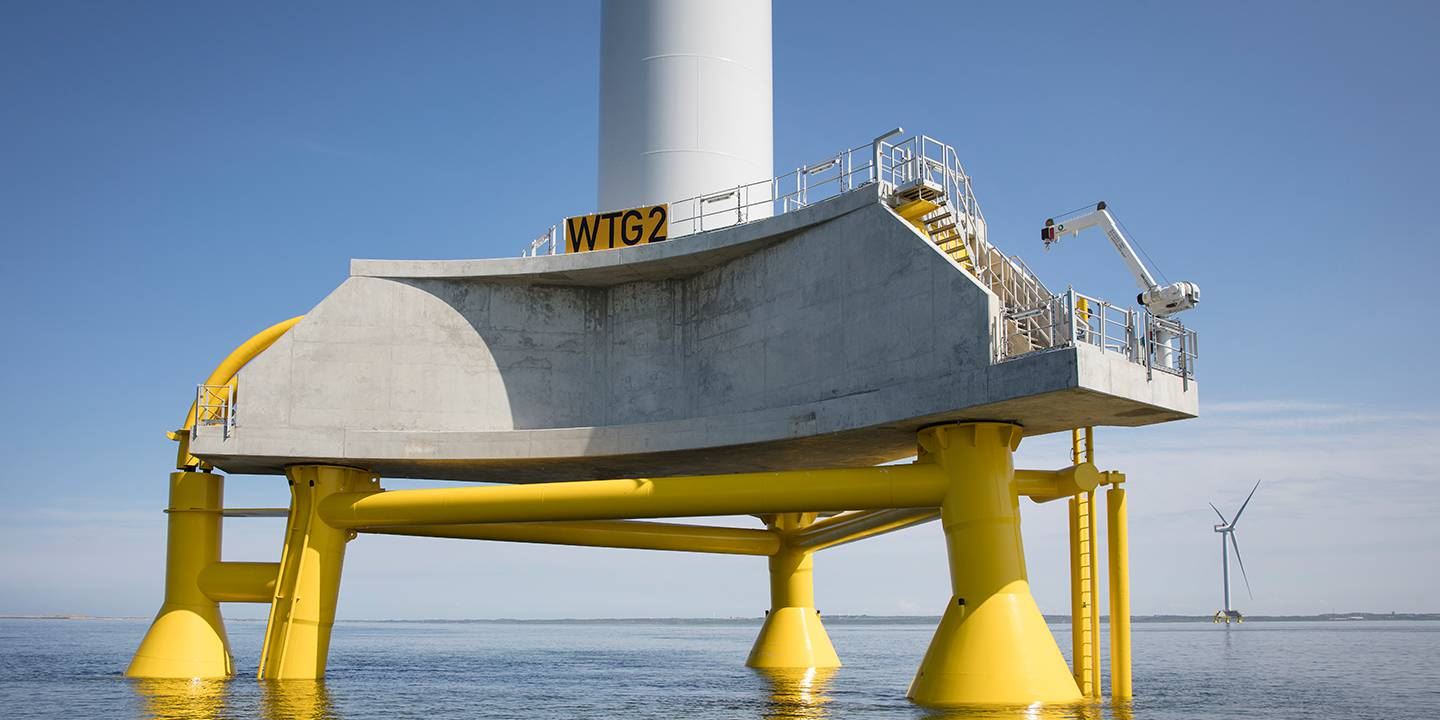
Costs of wind energy
Redefining the price of electricity
Do you have interesting topics for our renewable energy journal? Do you want to know more about sustainable energy costs? Please do not hesitate to contact us.
info@siemensgamesa.comLevelized cost of electricity
For close to four decades, Siemens Gamesa has been harnessing the immense power of nature to provide people around the world with clean and cost-efficient electricity. We aim to shape the energy landscape of tomorrow and to provide lasting value to our many stakeholders.
Society needs the right technologies and the right framework conditions to ensure that populations can be supplied with sustainable energy in the future. Today, the Levelized Cost of Electricity (LCOE) model informs decisions around which technologies should be used.
The LCOE represents system costs in terms of the expected useful life of a power station. It is calculated as the ratio of the lifetime sum of discounted capital and operating costs, including fuel, divided by the lifetime sum of discounted electricity output. However, thorough research and expert insight has shown that the LCOE comparison does not reflect the complete cost-benefit ratio on a macroeconomic scale.
Society’s cost of electricity
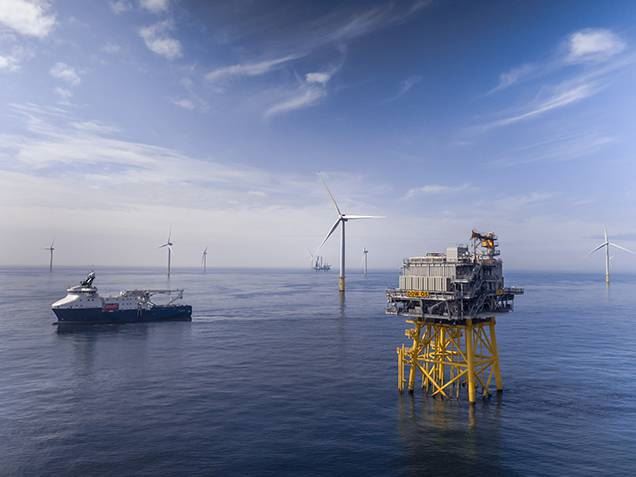
To arrive at a more realistic estimate of which energy generation technologies benefit our society the most, Siemens Gamesa has developed a model that provides a truer and more accurate representation of the energy cost debate and replaces the LCOE model – named Society’s Cost of Electricity (SCOE).
When broadening the scope of electricity cost calculation from LCOE to SCOE, account is taken of the following factors, which are not considered under the LCOE model:
- partially hidden subsidies
- grid access costs
- varying availability costs
- social costs of energy
- economic benefits
- geopolitical impact
Using the SCOE cost model enables a comparison of the different technologies that is, for the first time, based on actual social impact factors and benefits. The result is that the cost of sustainable energy such as wind power in general and offshore wind in particular decreases considerably from the simpler calculation represented by the LCOE model.
The SCOE calculation quantifiably shows that offshore wind is not only a reliable source of energy for a sustainable future, but also a cost-competitive one that will show dividends for generations to come.
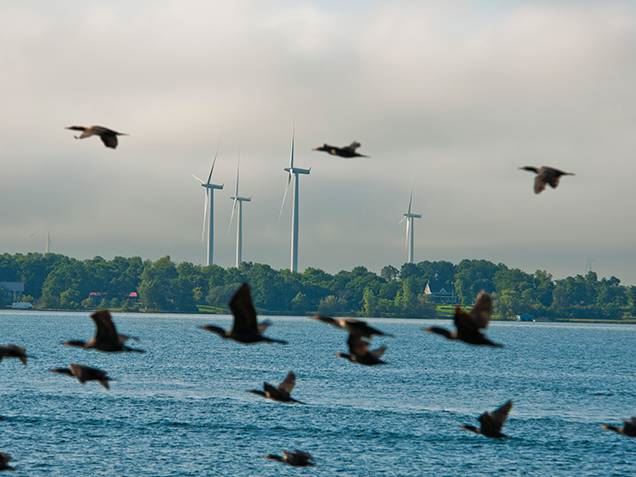
Offshore CEO on electricity costs
All our technology and business model innovations share the common goal of reducing the Levelized Cost of Electricity (LCOE) from offshore wind to achieve the best and most cost-efficient solution for our customers.
Wind power is cost-competitive
The SCOE model outlines how the offshore wind industry is positioned to become the main pillar of tomorrow’s sustainable energy supply. It generates clean and climate-friendly electricity, creates jobs, and reduces risks on several levels – from exposure to particulate matter and security of supply to susceptibility to the price volatility of imported fuel.
Jobs related to the installation and long-term maintenance of wind power supply can be localized. And additional jobs will be created for offshore wind in turbine assembly and embarkation ports. These jobs will in turn have a significant economic impact on the relevant region, with additional local consumption of goods and services.
The SCOE cost model further shows that gas is the most efficient and lowest-cost backup solution for all renewables, as a means of achieving a reliable, low-emission energy supply system. A sample calculation for the UK in 2025 demonstrates the paradigm shift that applying the SCOE concept could achieve – which will ensure a redefined, more balanced and fruitful cost debate for the benefit of society.
For a true representation of costs, it is recommended that the energy sector and society in general widen the scope and consider SCOE as the standard for measuring tools when selecting energy technologies. Only by embracing such logical and empirical evidence can the potential of the offshore wind industry be fully appreciated.
The societal cost pillars
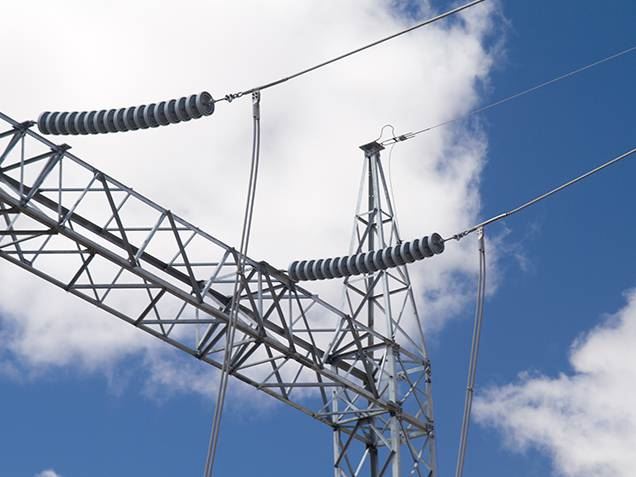
Talking about sustainable energy supply often involves a call for them to “grow up and become independent of subsidies.” However, it is often overlooked that conventional technologies also receive substantial amounts of subsidies, although these are not included in the LCOE calculation.
Transmission Costs
As the share of renewables in the energy mix grows, grids often need to be reinforced on both the transmission and distribution levels, since sustainable energy supply is either not centrally located (solar, biomass, onshore wind) or remote and installed at sea (offshore wind).
Variability Costs
Because industrial-scale storage technologies are only under development, the variability of wind power plants must be partly offset by means of regulated conventional power stations.
Geopolitical Risk Impact
Wind energy is a free and inexhaustible renewable energy source. It is ideally suited to reduce dependency on oil and gas imports and the risk of future fuel price increases.
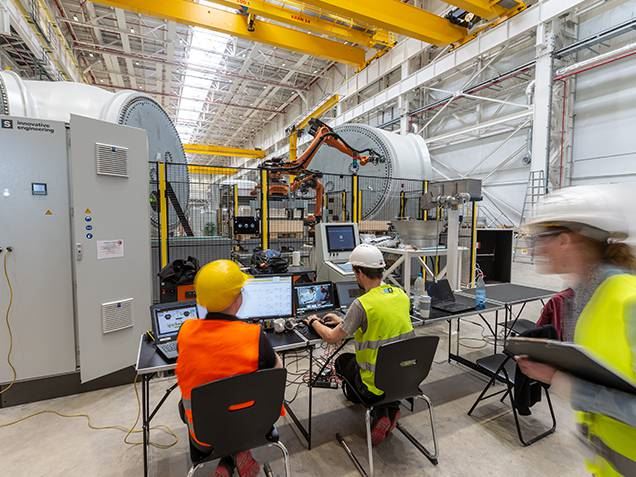
The cost of CO2 certificates is included in the LCOE, but at a CO2 price of well below €10 per ton, this does not reasonably reflect the immediate and long-term negative impacts of greenhouse gas emissions. With a fair pricing in the future, competitive advantages of conventional over renewable energy will become less.
Social Effects
‘Social effects’ means the impact on the value of property close to power stations. These are relatively moderate for all technologies and amount to €5 per MWh for onshore wind, for example.
Employment Effects
Offshore wind has more potential to create local employment and positively impact GDP than all other energy sources – especially in structurally weak areas where jobs and investments are urgently needed. According to the latest Offshore Wind Industrial Strategy Report published by the UK government and industry, the offshore sector could create 30,000 jobs and contribute more than EUR 8 billion to the UK economy alone by 2020.

